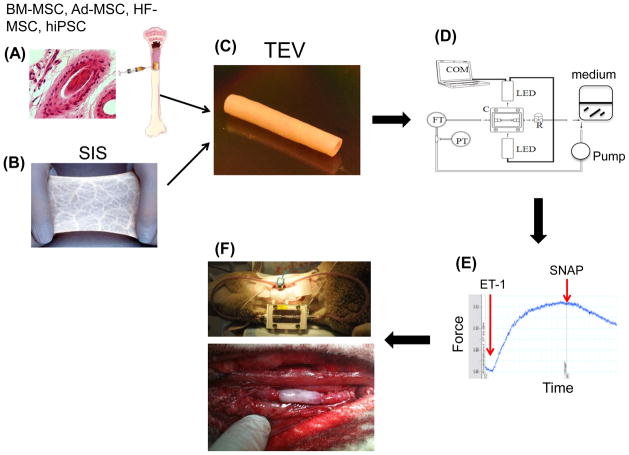Figure 1. Stem cells, biomaterials and bioreactors for engineering vascular grafts.
Adult mesenchymal stem cells (MSC) from various sources e.g. bone marrow (BM), adipose tissue (Ad), hair follicles (HF) or induced pluripotent stem cells (iPSC) have been used to engineer a functional vascular wall. Our group employed SIS in combination with fibrin glue to incorporate BM- or HF-MSC into the vascular wall of the cylindrical construct. After seeding the lumen with BM-derived endothelial cells, the TEVs were subjected to shear stress and pulsatile pressure using a dynamic bioreactor. Measurements of vascular contractility were used to evaluate the function of TEVs in response to vascular agonists such as endothelin- 1 (ET-1) and SNAP. After only two weeks in culture these TEVs were implanted into the arterial system of an ovine animal model where they remained patent for the duration of the experiment i.e. 3 months.

